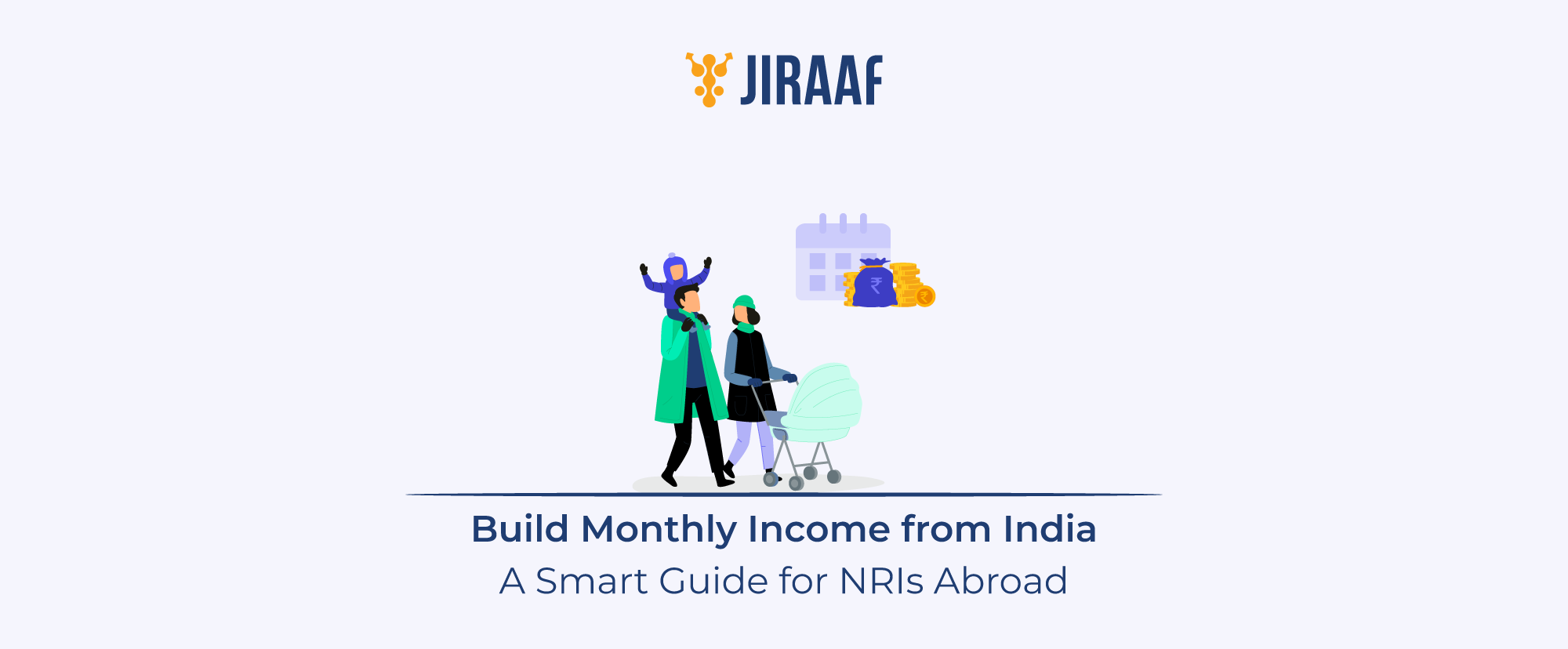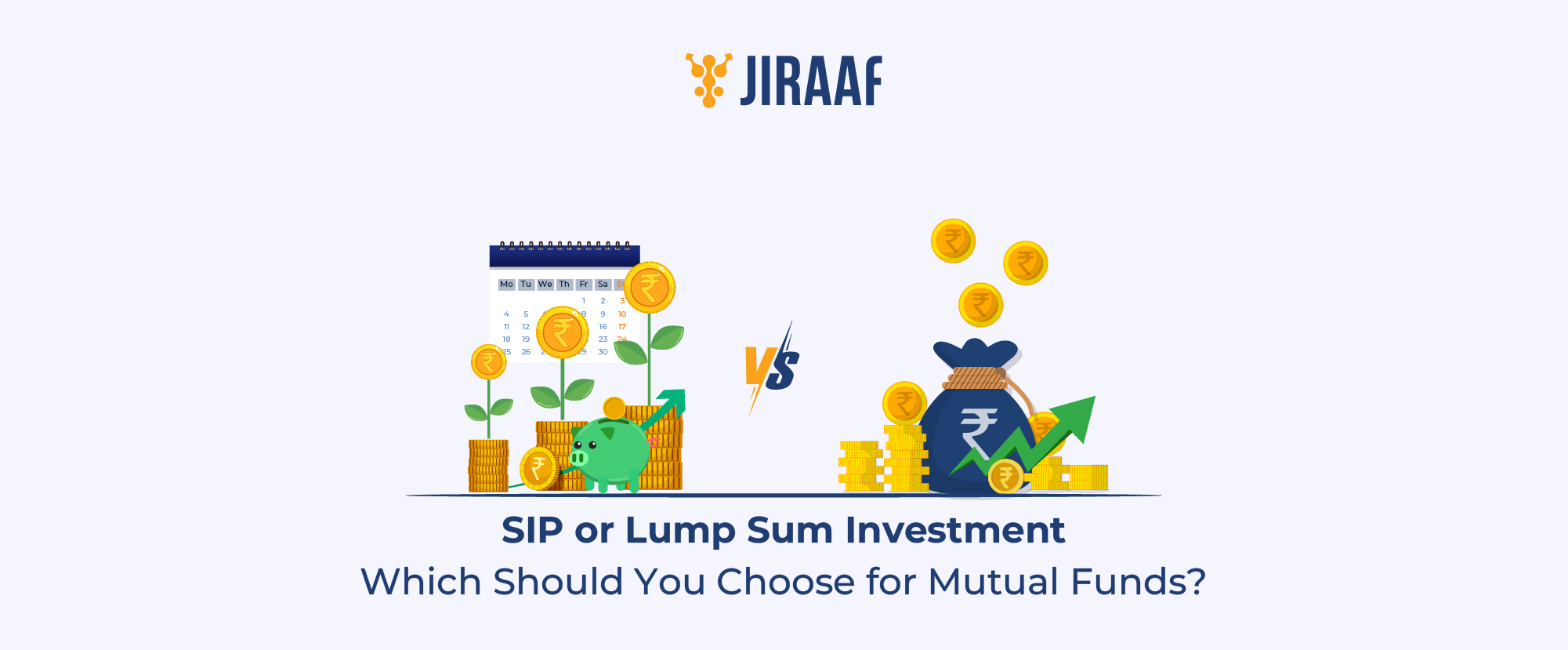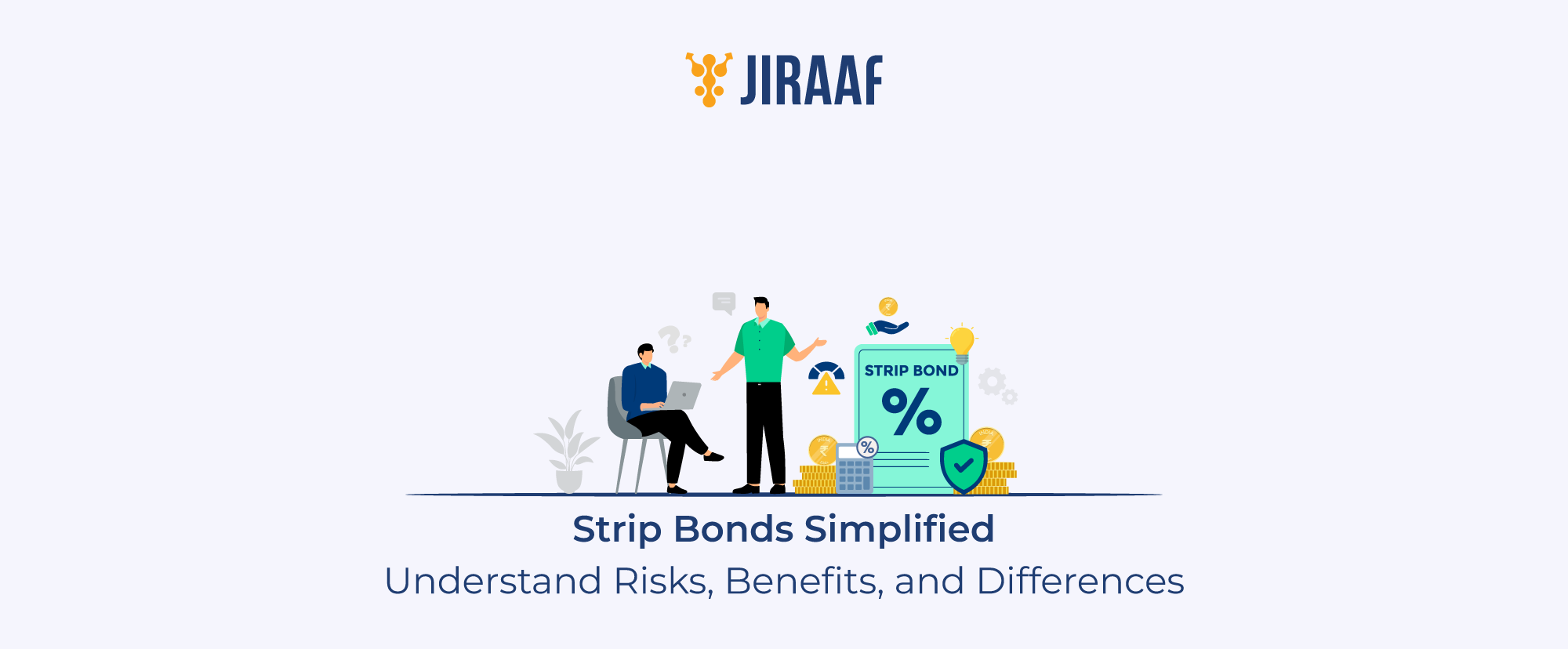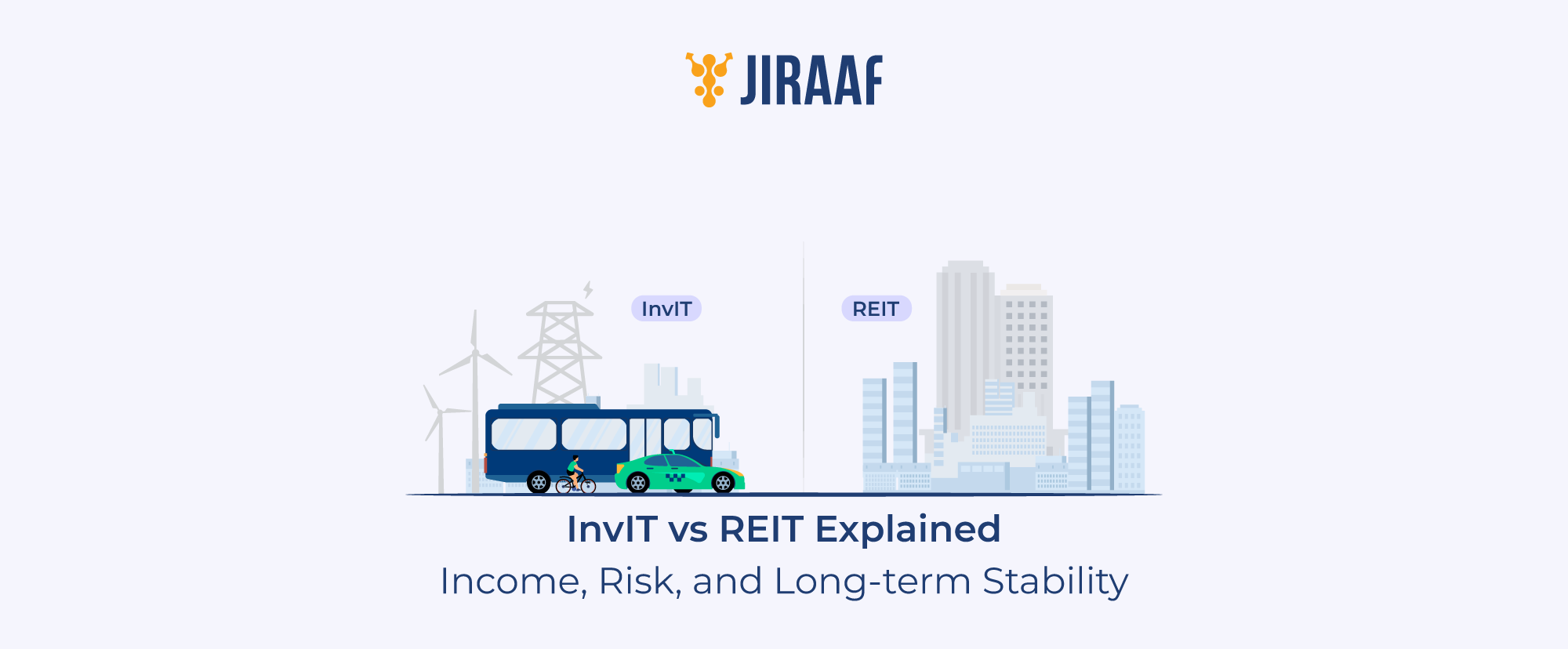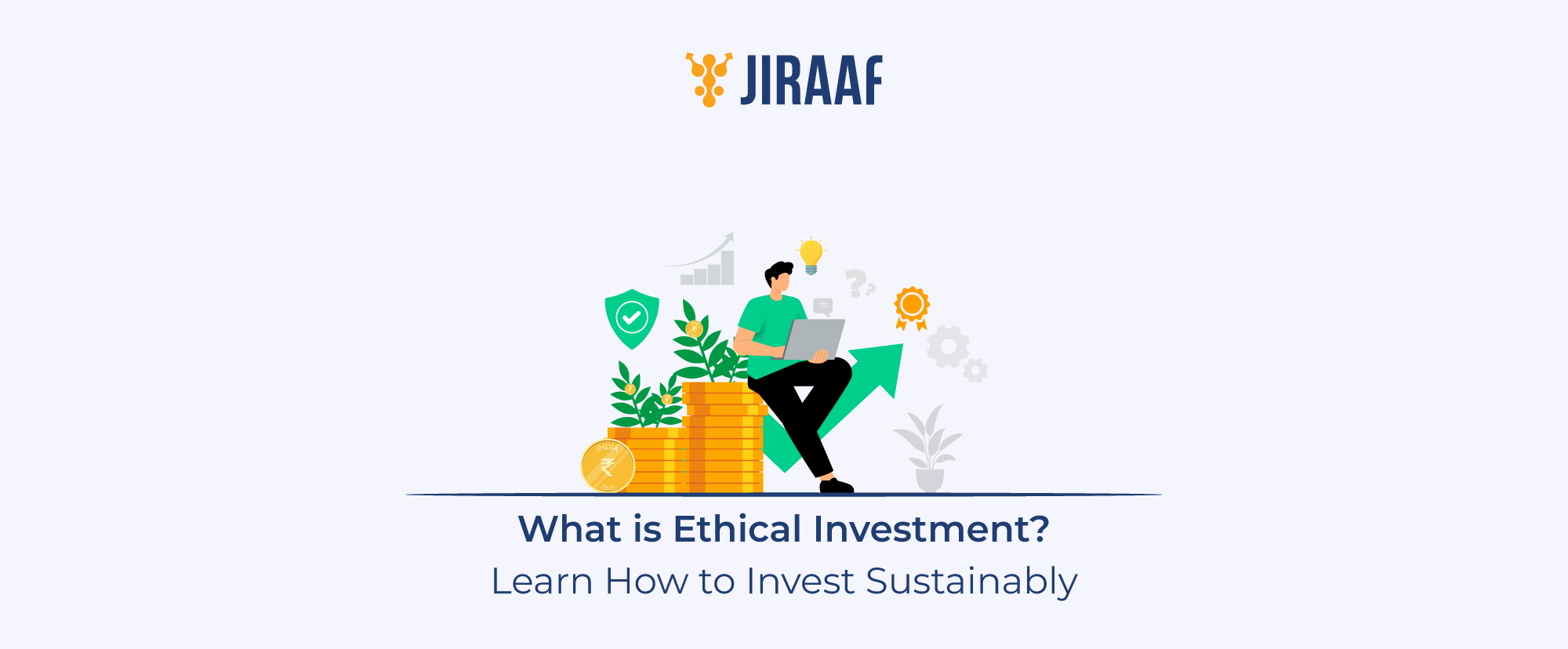The Reserve Bank of India (RBI) faces one of its most pivotal decisions in recent years as it approaches the Monetary Policy Committee (MPC) meeting scheduled for February 5-7, 2025. With a new Governor stepping in, a delicate balance between supporting economic growth and maintaining inflation stability must be struck. On the global stage, major central banks have already pivoted towards easing monetary policy, while domestic priorities, such as spurring investment and job creation, add urgency to the RBI’s actions. The decision comes against the backdrop of geopolitical tensions, volatile commodity prices, and mixed domestic economic signals. The question on everyone’s mind is, “will the RBI cut rates, and what would that mean for India’s economic future?”
Backdrop: Global Economic and Geopolitical Scenarios
The global economic environment in late 2024 and early 2025 remains fraught with challenges. The US Federal Reserve, in a notable pivot, has already implemented two rate cuts this year, responding to signs of cooling inflation and slower economic growth. Major central banks in the Eurozone and the UK have also signaled a more dovish stance, aiming to balance growth and inflation in an uncertain global environment.
Geopolitically, unresolved conflicts and supply chain disruptions persist, contributing to economic instability. Commodity markets, particularly oil, have experienced volatility, with crude prices oscillating between $70 and $90 per barrel. This adds pressure on emerging economies like India, which are highly sensitive to energy price fluctuations.
Domestic Landscape: Indian Economy in Focus
1. Current Economic Conditions
India’s economy has displayed resilience in the face of global uncertainties, with GDP growth estimated at 6.5% for FY 2024-25. This growth is underpinned by strong performance in key sectors such as services and manufacturing. However, challenges persist. The industrial sector is grappling with subdued exports due to weakening global demand, while private consumption has shown signs of plateauing in recent quarters.
On the inflation front, while headline Consumer Price Index (CPI) inflation has moderated slightly to 4.7% in November 2024, food inflation—though easing—still hovers at 9.04%. Core inflation, driven by rising service costs, persists around 5.2%. Rural inflation has also shown an uptick, reflecting supply-side constraints in agriculture. This is posing challenges for policymakers striving to maintain a balance between growth and price stability. Additionally, fiscal pressures from elevated subsidies and election spending could pose risks to inflation management.
Notably, India’s Current Account Deficit (CAD) for Q2 FY2024-25 narrowed to 1.2% of GDP, aided by robust services exports and remittances, though merchandise trade deficits remain a concern. For FY 2024-25, most recent analyses suggest that India’s CAD is expected to remain around 1.1%-1.5% of GDP, according to analysts and reports.
2. Leadership Transition at the RBI
The change in RBI’s leadership adds another layer of complexity. The new Governor of the Reserve Bank of India (RBI) is Sanjay Malhotra, who assumed office on December 11, 2024, succeeding Shaktikanta Das.
Sanjay Malhotra, a seasoned civil servant, previously served as India’s Revenue Secretary before his appointment as the 26th Governor of the RBI. His leadership is anticipated to influence the central bank’s policy direction, especially concerning potential rate cuts in the upcoming Monetary Policy Committee meeting scheduled for February 5-7, 2025.
The financial markets have already responded to his appointment, with the Indian rupee hitting a record low and bond yields dipping, reflecting expectations of a more dovish monetary policy stance under his tenure.
As the new Governor, Malhotra’s decisions will be pivotal in navigating the complex economic landscape, balancing growth aspirations with inflation control, and maintaining financial stability in India.
3. Government’s Priorities
The Indian government has placed significant emphasis on fostering growth, attracting investments, and creating jobs. Additionally, the government aims to maintain fiscal discipline, evident in its targeted fiscal deficit of 5.9% of GDP for FY2024-25. The RBI’s policy decisions, including liquidity management and interest rate actions, will be crucial in aligning with these objectives while ensuring financial stability.
Options before the RBI
Scenario 1: A Rate Cut
A rate cut in February 2025 would align with the accommodative stances of other global central banks and support growth. It could lower borrowing costs, stimulate investment, and ease the debt burden on businesses.
Scenario 2: Status Quo
Maintaining the current repo rate (at 6.25%) would signal caution, especially if global uncertainties or domestic inflation risks persist. It would also give the RBI room to act in subsequent meetings should the need arise.
Scenario 3: A Surprise Hike
While unlikely, a rate hike could be warranted if inflationary pressures resurface, driven by volatile commodity prices or unexpected fiscal slippages.
Our Interpretation: Likely Course of Action
The RBI faces a delicate balancing act. While there is growing market speculation about a possible rate cut, the decision is far from straightforward. Here’s why:
- Global Cues: The U.S. Federal Reserve’s two rate cuts in 2024, with RBI holding the Repo rate unchanged, have widened the interest rate differential between the U.S. and India. This wider differential makes Indian debt more attractive to foreign investors, supporting capital inflows. However, global financial markets remain volatile, and advanced economies are still grappling with inflation, adding layers of uncertainty that the RBI must consider in its policy decisions.
- Domestic Inflation Dynamics: Although headline inflation has moderated a little, core inflation remains sticky, reflecting underlying price pressures. Food inflation, despite its recent decline, remains a potential risk factor given its volatility.
- Growth Imperative: With the Indian government focusing on accelerating economic momentum, a rate cut could align with the broader growth agenda. Lower borrowing costs could stimulate investments and consumption.
- Liquidity Conditions: The RBI has already taken steps, including a reduction in CRR requirements, to infuse liquidity into the banking system. A rate cut could complement these measures, ensuring adequate credit flow to support economic activities.
Expected Action:
Considering all the above factors, the RBI is likely to adopt a wait-and-watch approach in February 2025, keeping the repo rate unchanged at 6.5%. However, the possibility of a token rate cut (e.g., 25 basis points) cannot be entirely ruled out if inflation trends remain favorable and global conditions stabilize.
Implications of a Rate Cut
1. Economy
A rate cut would provide a much-needed stimulus to the economy by reducing borrowing costs for businesses and consumers. This, in turn, could boost demand for goods and services, spurring industrial production and employment. However, the extent of the impact will depend on how quickly banks pass on the benefits of lower rates to borrowers.
2. GDP Growth Outlook
Lower interest rates would encourage private investment, potentially lifting GDP growth projections for FY 2025-26 to the 6.5-6.7% range. Sectors like manufacturing and real estate, which are highly sensitive to interest rate changes, could drive this growth. However, sustained growth will require complementary fiscal measures.
3. Forex Inflows
A rate cut might weaken the rupee slightly, as lower yields on Indian bonds could reduce their appeal to foreign investors. This could result in reduced forex inflows via portfolio investments. On the other hand, improved economic growth prospects could attract FDI, partially offsetting the impact.
4. Balance of Payments Position
A softer rupee could widen the current account deficit (CAD), particularly if oil prices remain elevated. However, robust remittance inflows and service exports may provide a cushion. Policymakers will need to closely monitor trade and capital flows to maintain external stability.
5. Industries and Corporate Sector
Industries with high capital needs, such as infrastructure, real estate, and manufacturing, stand to benefit significantly. A rate cut would reduce financing costs, improving profitability and encouraging new investments. Sectors dependent on consumer demand, like automobiles and consumer durables, may also see a revival in sales.
6. Businesses
Small and medium enterprises (SMEs), which often face higher borrowing costs, would gain from cheaper credit, supporting employment and output in this critical sector. Lower rates could also ease cash flow pressures for businesses struggling with high debt servicing costs.
7. General Public
Consumers could see lower EMIs on home and vehicle loans, boosting disposable incomes and potentially spurring demand in the retail and housing markets. This could have a cascading effect, improving the overall sentiment in the economy. However, savers might face lower returns on fixed deposits and other interest-bearing instruments.
8. Banking Sector
While a rate cut may compress net interest margins for banks, it would also spur credit growth. Banks with high exposure to retail and SME loans could witness improved asset quality. The resultant economic growth could further reduce non-performing assets (NPAs) over time.
9. Financial Sector as a Whole
A rate cut could stimulate equity markets, as lower rates generally lead to higher corporate earnings. However, foreign portfolio investment (FPI) inflows into debt markets may moderate, given reduced yield differentials. The insurance and mutual fund industries might also see shifts in investor preferences due to changing interest rate dynamics.
10. Bond Market Impact
The bond market would likely respond positively in the immediate term, with yields on government securities and corporate bonds declining. This could spur increased issuances, particularly in the corporate bond market, as companies seek to refinance existing debt or raise new capital at lower costs.
In the medium term, the rate cut could deepen market liquidity, enhance the corporate bond market’s attractiveness, and reduce spreads for lower-rated issuances. However, sustained inflation control will be crucial to maintaining investor confidence. For long-duration bonds, the outlook could improve significantly, benefiting investors seeking stable returns.
11. Future Policy Path Expectations
A February rate cut could set the stage for a neutral or mildly accommodative stance in subsequent meetings. The RBI may prioritize data-driven decisions, balancing inflation risks and growth aspirations. Investors and businesses should prepare for a dynamic policy environment.
What It Means for You as a Bond Investor
For bond investors, a rate cut translates to an immediate uptick in bond prices, particularly for long-term instruments. Lower yields on government securities could set a benchmark for corporate bonds, reducing spreads and offering opportunities for higher returns. Investors in dynamic bond funds or gilt funds may see notable gains in the near term.
However, retail investors should remain cautious about duration risk. While long-duration bonds may offer capital appreciation, any reversal in inflation trends or global monetary tightening could lead to price corrections.
A Word of Advice
Retail investors should adopt a balanced approach in light of the evolving interest rate scenario. Here are some tips:
- Diversify: Allocate investments across government securities, corporate bonds, and bond mutual funds to balance risk and return.
- Focus on Quality: Prioritize bonds with high credit ratings to minimize default risks, especially in a volatile economic environment.
- Consider Duration: Opt for medium to long-duration bonds to benefit from potential rate cuts, while ensuring alignment with your investment horizon.
- Stay Informed: Keep abreast of monetary policy developments and capital market trends to make informed investment decisions.
Conclusion: Navigating a Delicate Balancing Act
The RBI’s decision in February 2025 will be shaped by a confluence of global cues, domestic economic dynamics, and political considerations. While a rate cut appears likely, the central bank’s cautious approach will remain pivotal in navigating the complex trade-offs between growth and stability. For bond investors, this decision could herald new opportunities, but careful planning and awareness of market risks are essential.
Whether the RBI opts for a rate cut or holds steady, the implications for the economy, markets, and stakeholders will be profound. The bond market, in particular, stands to play a critical role in channeling the benefits of monetary policy decisions across the broader financial ecosystem.
Discover fixed income investments with Jiraaf, a SEBI registered online bonds platform that educates and brings access to a wide array of bonds. Sign up today to explore diversified fixed income investment opportunities to support your goal-based wealth creation journey. Start investing!



